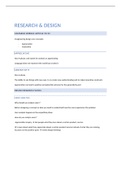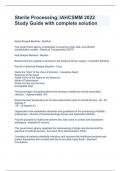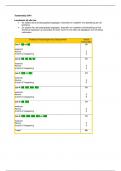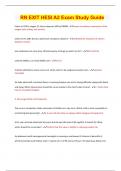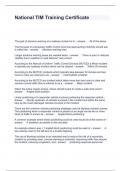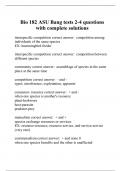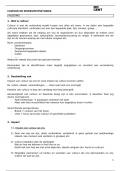Samenvatting
Summary Research & Design Year 2 International Hotelmanagement BUAS
- Instelling
- Breda University Of Applied Sciences
Samenvatting, extra opdrachten en uitgebreide uitleg die ervoor zorgen dat jij Research & Design helemaal onder de knie gaat krijgen voor je tentamen!
[Meer zien]
